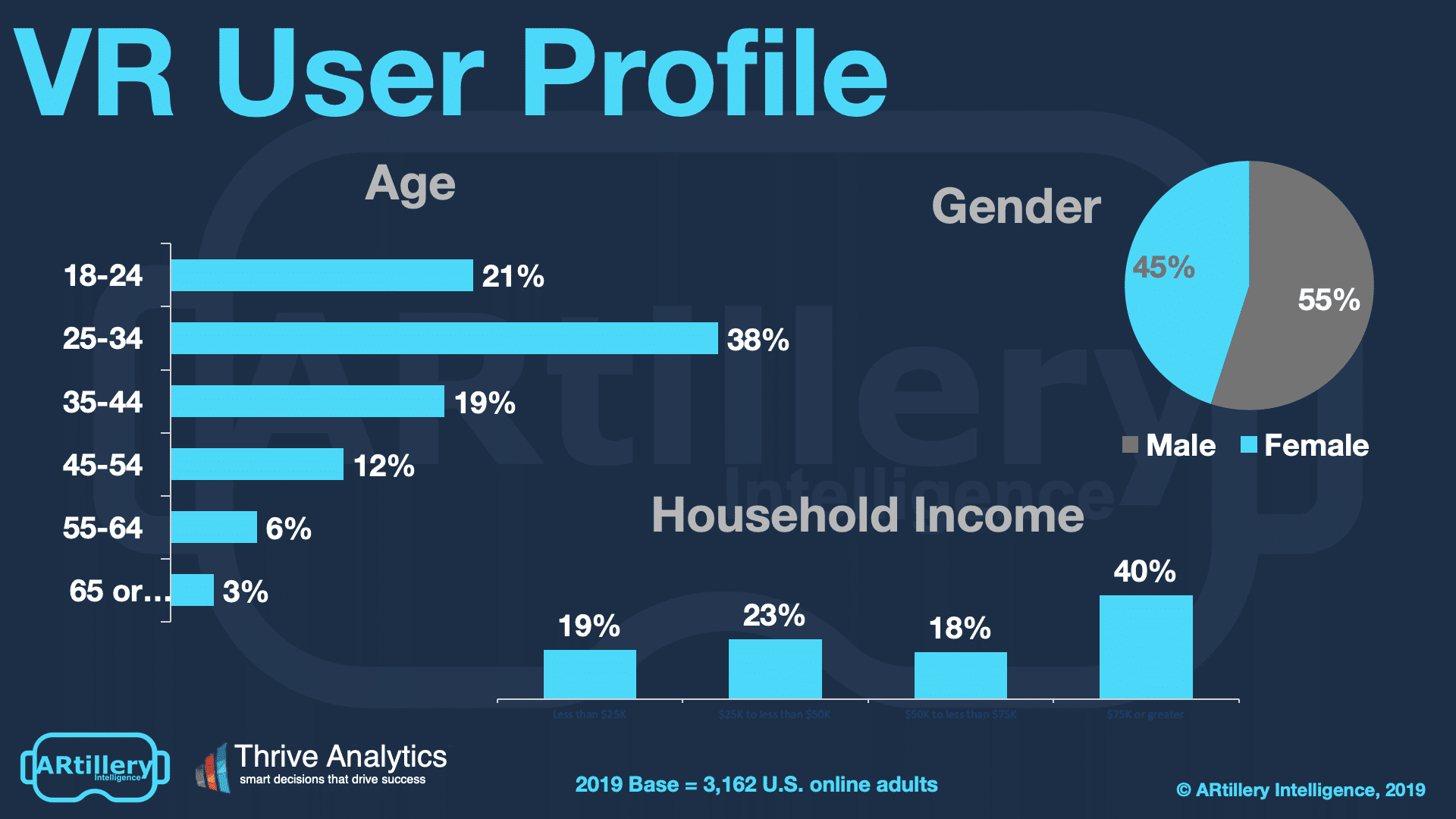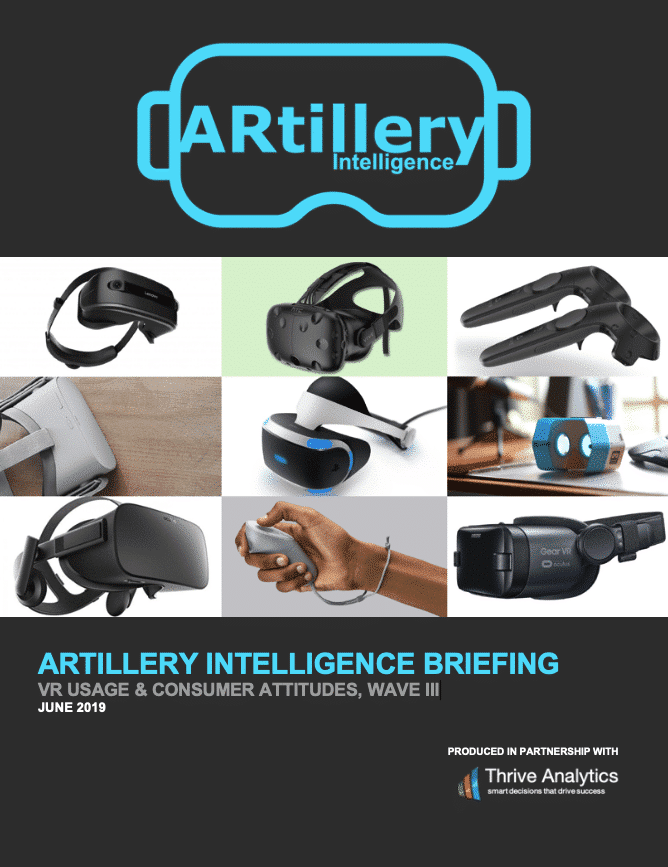Lessons from AR Leaders, Part III: The Field
 Executive Summary
Executive Summary
 The consumer AR sector still lingers in early stages. Among other things, this means the playbook is being written mid-flight. There’s a great deal of experimentation underway as companies test and iterate rapidly to discover winning formulas and business models.
The consumer AR sector still lingers in early stages. Among other things, this means the playbook is being written mid-flight. There’s a great deal of experimentation underway as companies test and iterate rapidly to discover winning formulas and business models.
This goes for consumer AR product strategies. Though a common sentiment in 2016’s hype cycle was that AR applies to everything, it’s become clear that it’s not a silver bullet. It will have native and natural applicability to some aspects of our lives and work… but not all.
Beyond macro categories and use cases where AR should or shouldn’t be developed, there are more granular strategies around user experience (UX). What types of AR interactions resonate with consumers? And what best practices are being standardized for experience and interface design?
Equally important is the question of AR monetization and revenue models. Just as user experience is being refined, questions over what consumers will and won’t pay for are likewise being discovered. The same goes for brand spending in cases of sponsored AR experiences or ads.
These lingering questions compel acute attention to quantifiable AR market successes and best practices. Not only do the sector’s early stages mean that these questions are prevalent… but also that their answers are scarce. That includes evidence of successful execution, as well as transferrable lessons.
With that backdrop, ARtillery Intelligence ventures to find, aggregate and draw meaning from finite AR successes in today’s environment. When examining consumer AR engagement and revenue leaders, what product attributes and tactics are driving their performance?
This started in Part I of the report series with Snapchat. Its social lenses have the greatest consumer AR active usage, and it holds the leading share of AR ad revenue. Among other things, this is propelled by product-market fit, ease of use, distribution and fulfilling key goals for brand advertisers.
Also on the list is Pokémon Go, which we examined in Part II of the series. Though the tech press has moved on to other shiny things, 2019 marks its best revenue performance to date. This is attributed to innovation cycles that breed ongoing novelty and replayability, as well as its sparing use of AR as a game element.
After examining these proven leaders, we now turn attention in the third and final installment of this series to emerging players that show signs of potential. Though earlier and unproven, they show promise and adherence to best practices examined in parts I & II. And they show new best practices worth noting.
These upstarts include 8th Wall, Ubiquity6, and Tilt Five. They also include established brands entering AR, such as Houzz, Instagram and Pinterest. This seemingly random sample shows signs of product and business model traction, which we’ll examine in the coming pages. The goal, as always, is to triangulate best practices and extract tactics and takeaways for AR players today.


 Price: $499
Price: $499
This report is available by subscribing to ARtillery PRO, You can also purchase it for $499. This includes a briefing with the report’s author to discuss takeaways and answer any questions you may have.
 Video Companion
Video Companion
 Methodology
Methodology
This report highlights ARtillery’s Intelligence viewpoints, gathered from its daily in-depth coverage of the XR sector. To support the narrative, data are cited throughout the report. These include ARtillery Intelligence original data, as well as that of third parties. Data sources are attributed in each case.
For market sizing and forecasting, ARtillery Intelligence follows disciplined best practices, developed and reinforced through its principles’ 15 years in tech sector research and intelligence. This includes the past 4 years covering AR & VR exclusively, as seen in research reports and daily reporting.
Furthermore, devising these figures involves the “bottom-up” market-sizing methodology, which involves granular ad revenue dynamics such as campaign pricing and spending. More about ARtillery Intelligence methodology can be seen here, and market-sizing credentials can be seen here.
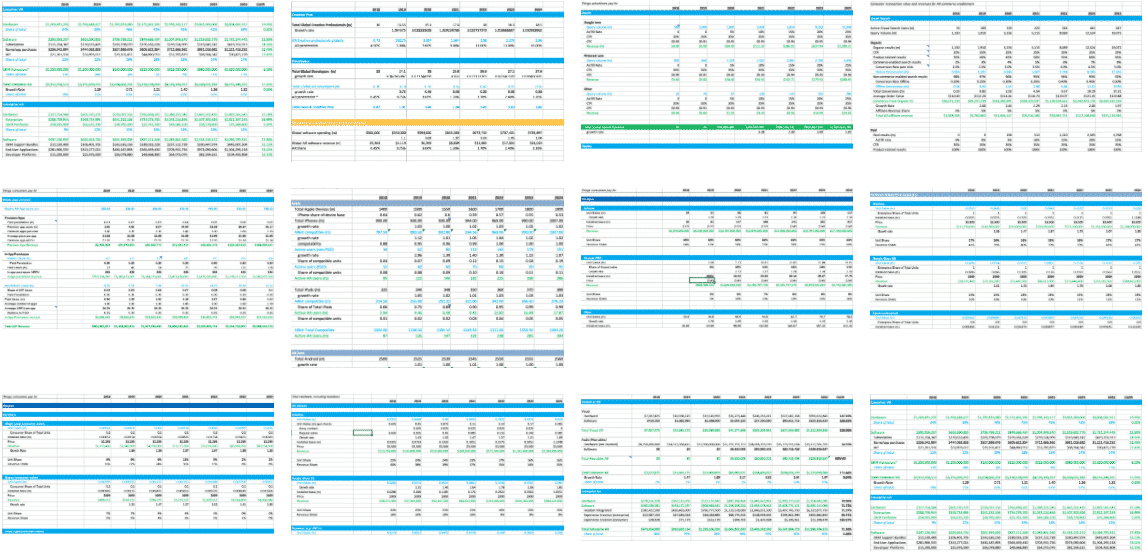


 Disclosure & Ethics Statement
Disclosure & Ethics Statement
ARtillery Intelligence has no financial stake in the companies mentioned in this report, nor received payment for its production. With respect to market sizing, ARtillery Intelligence remains independent of players and practitioners in the sectors it covers, thus mitigating bias in industry revenue calculations and projections. Disclosure and ethics policy can be seen in full here.
 Price: $499
Price: $499
This report is available by subscribing to ARtillery PRO, You can also purchase it for $499. This includes a briefing with the report’s author to discuss takeaways and answer any questions you may have.
Ask us anything


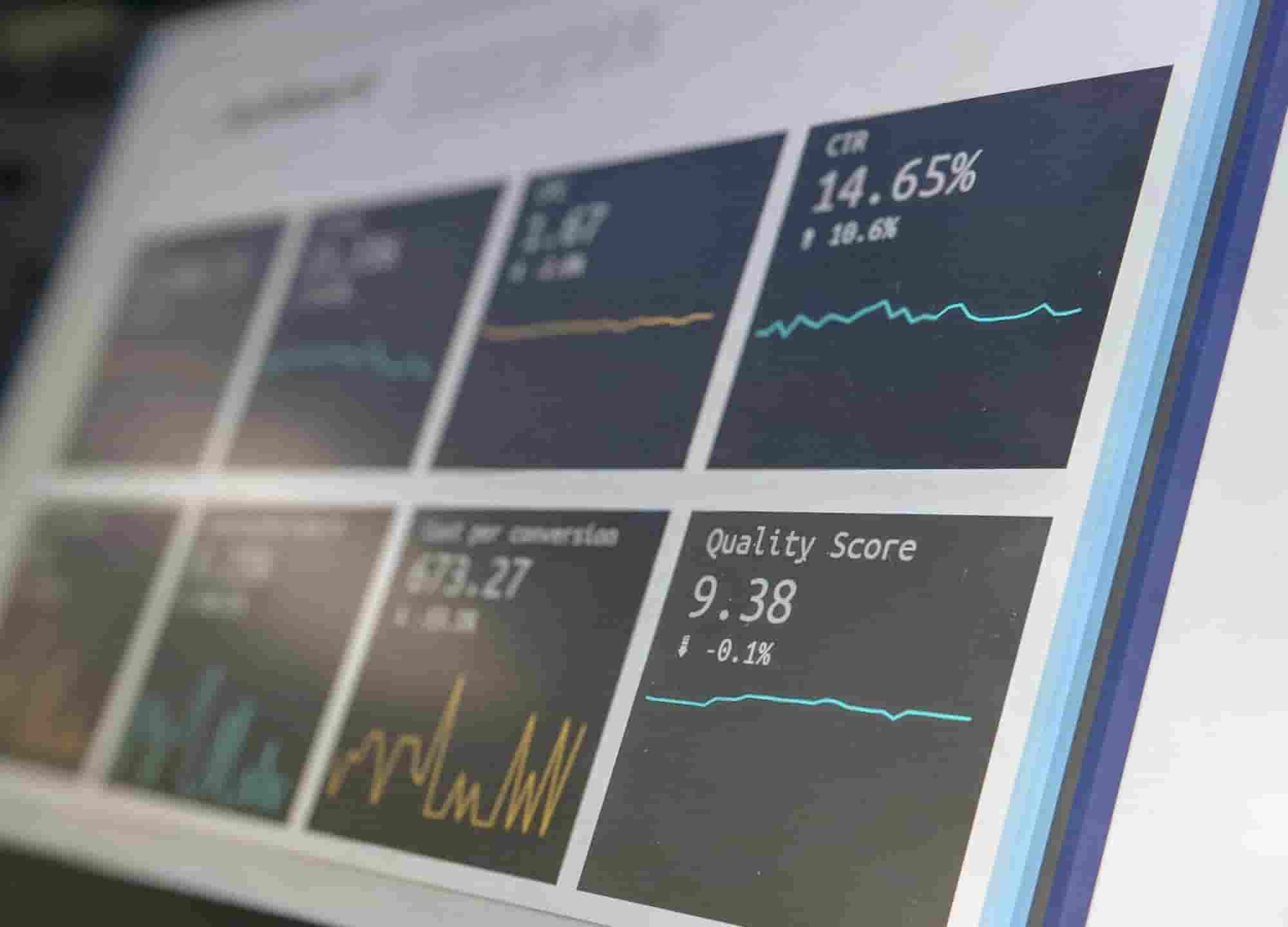
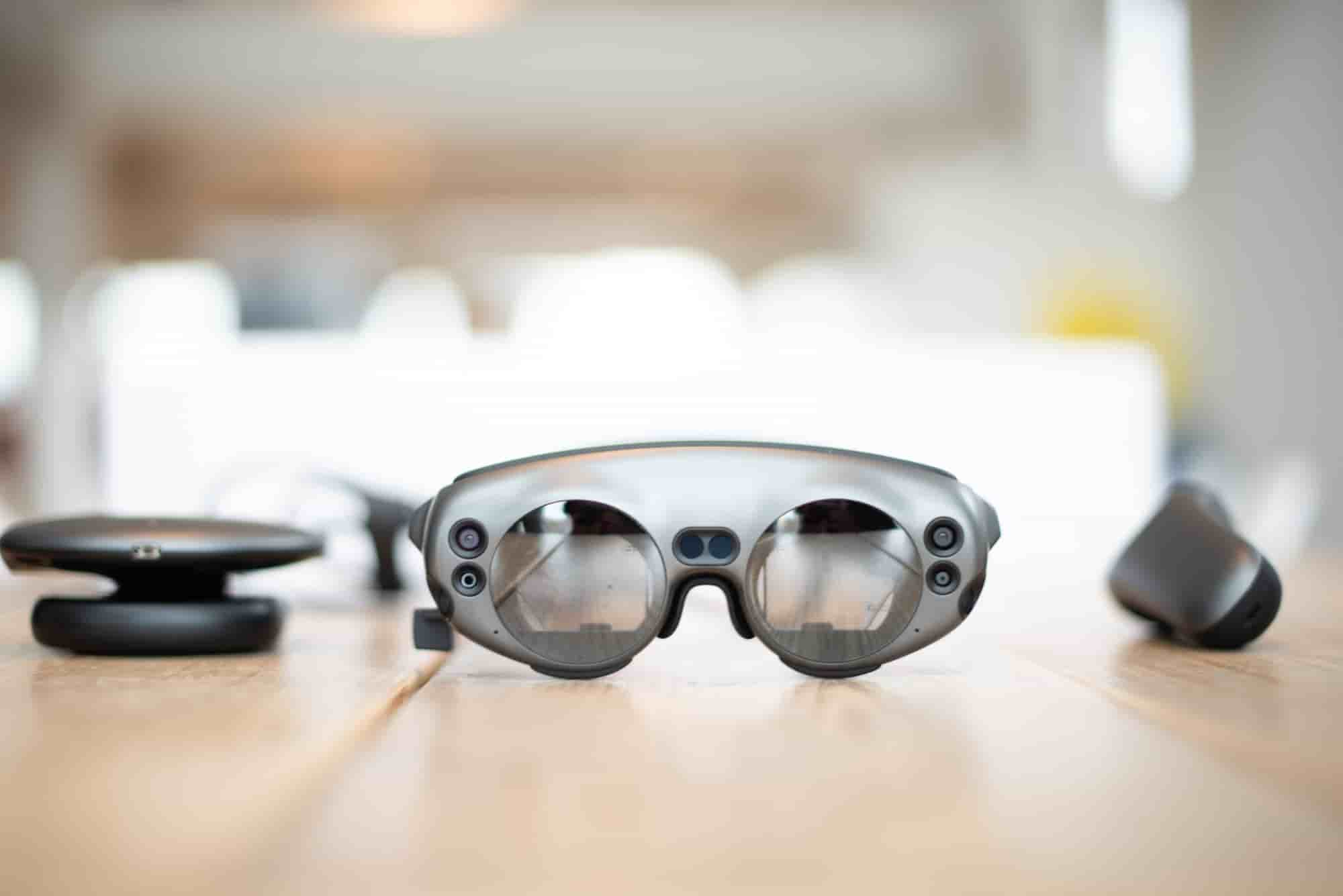











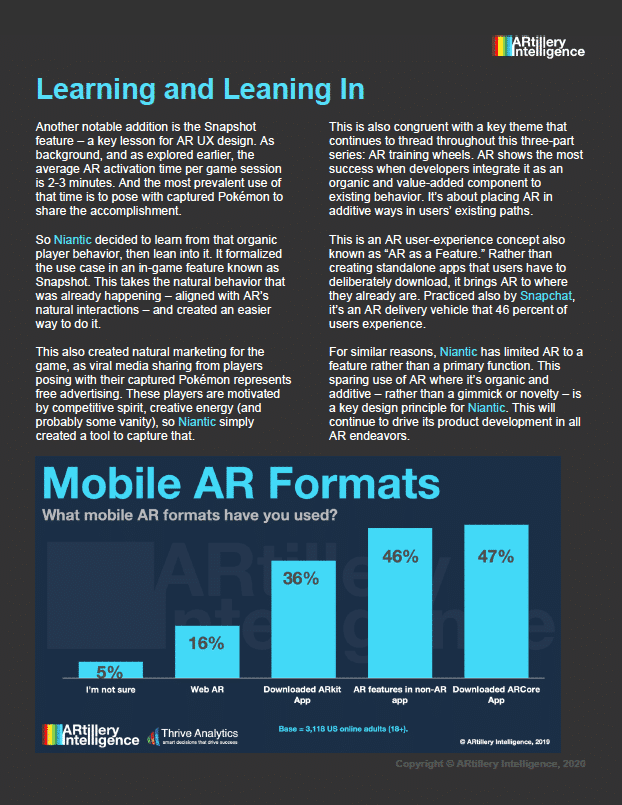







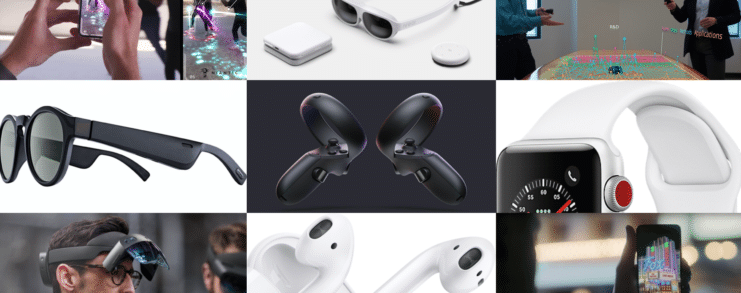






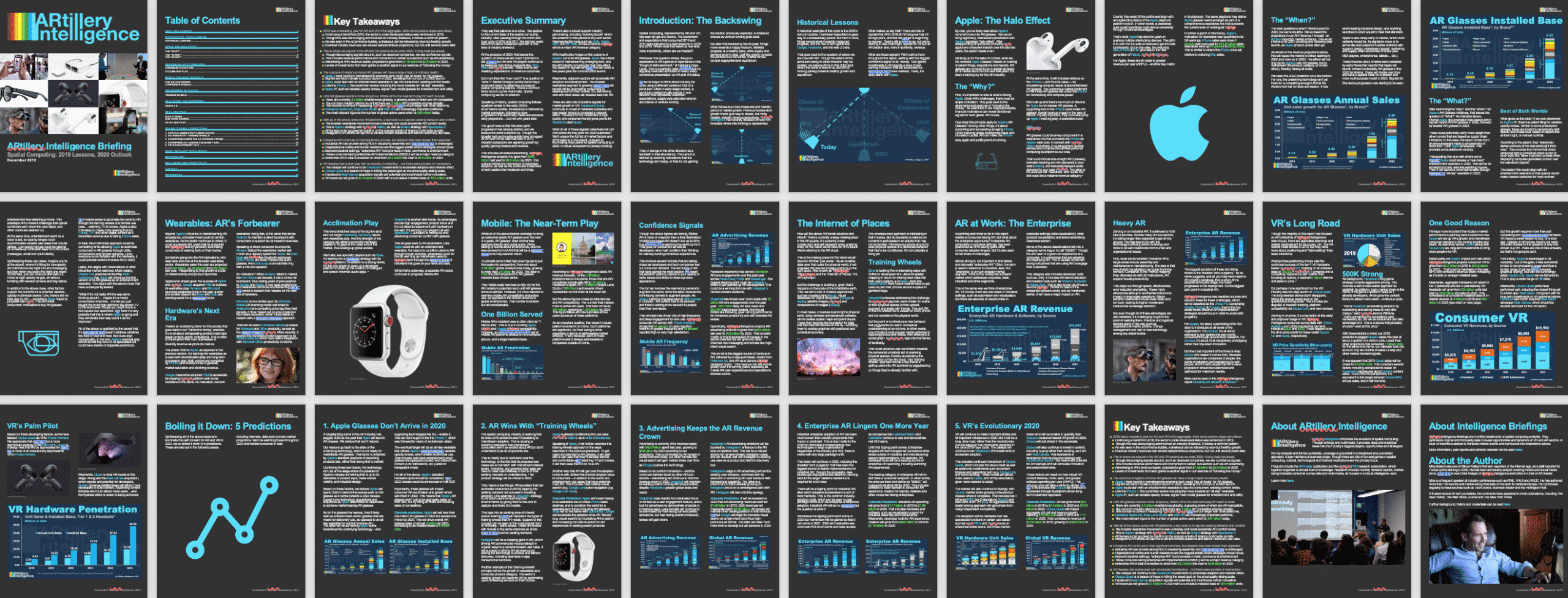


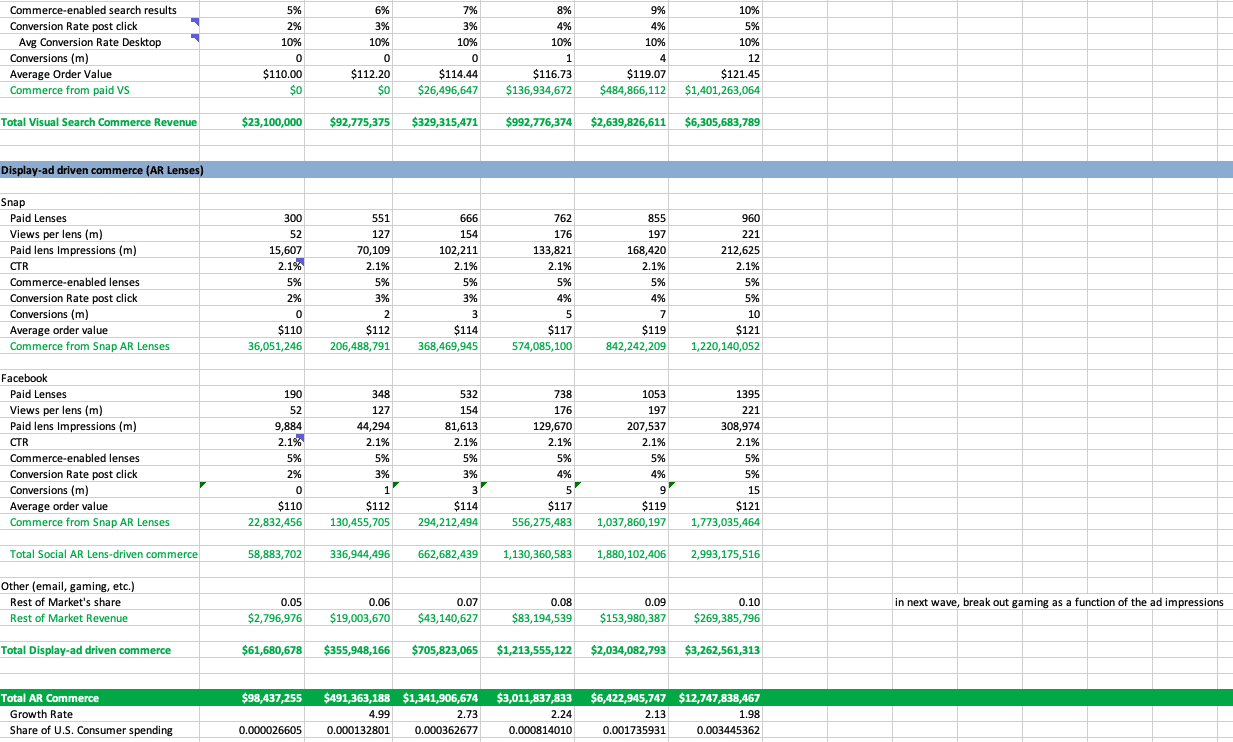



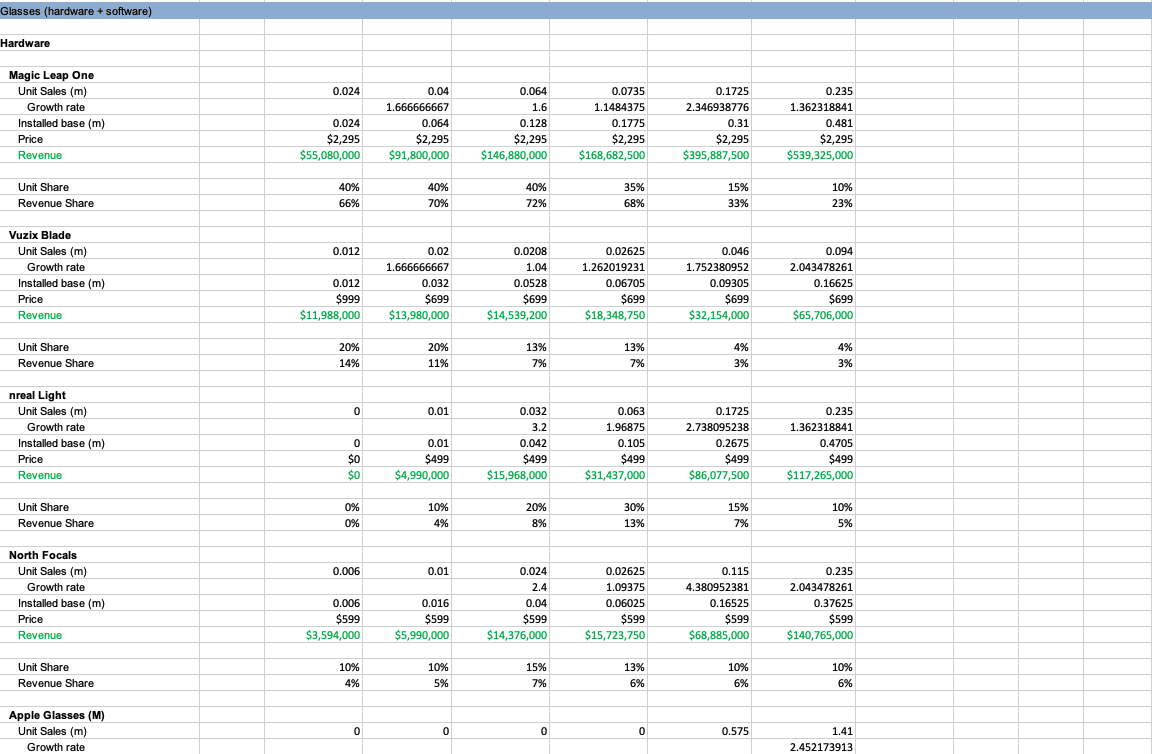



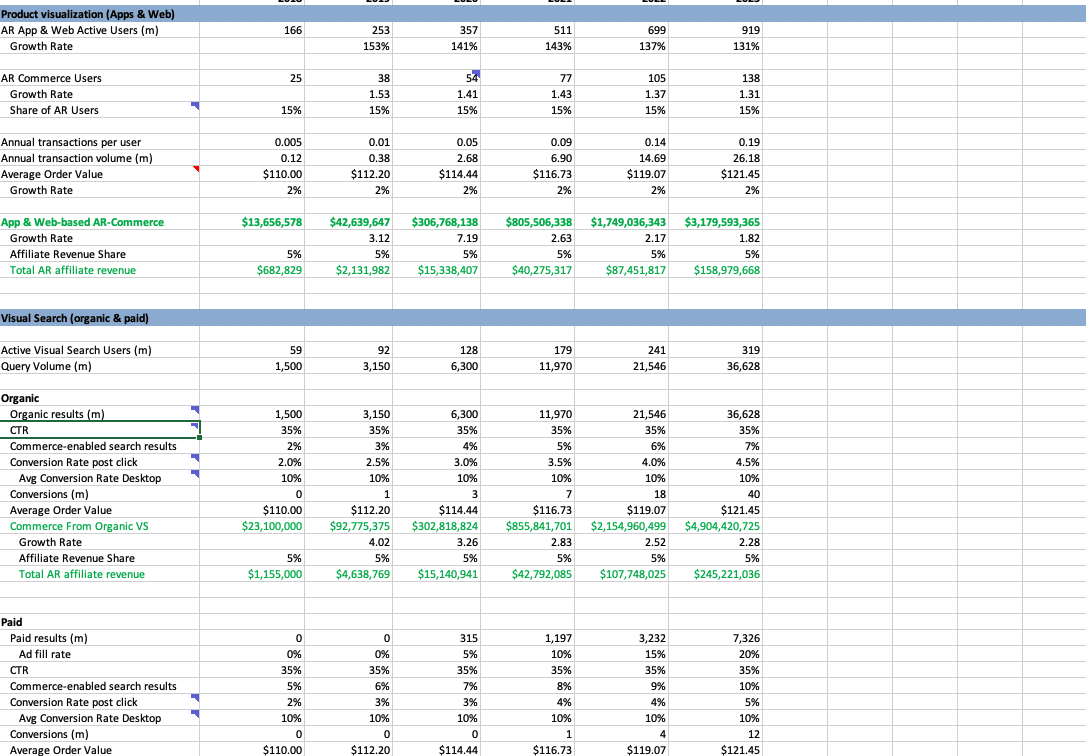
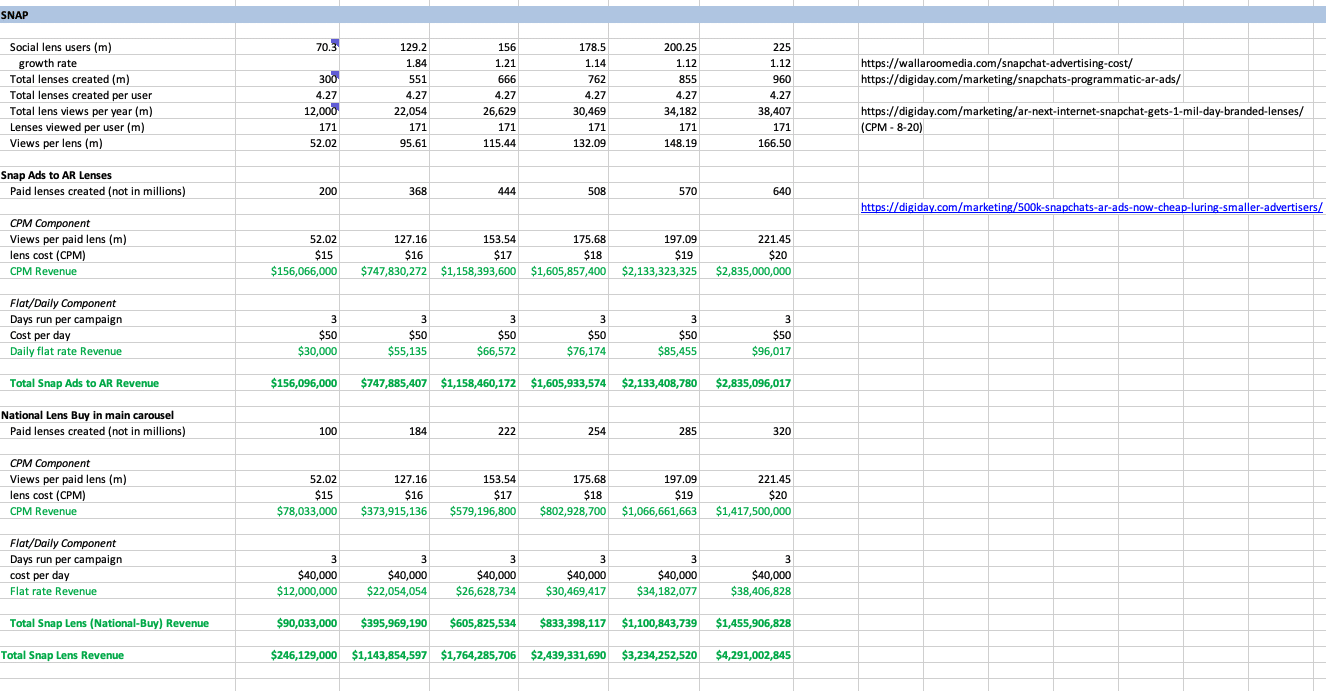




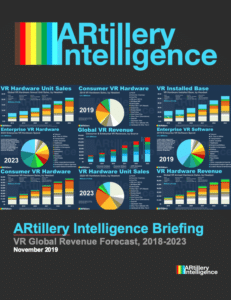

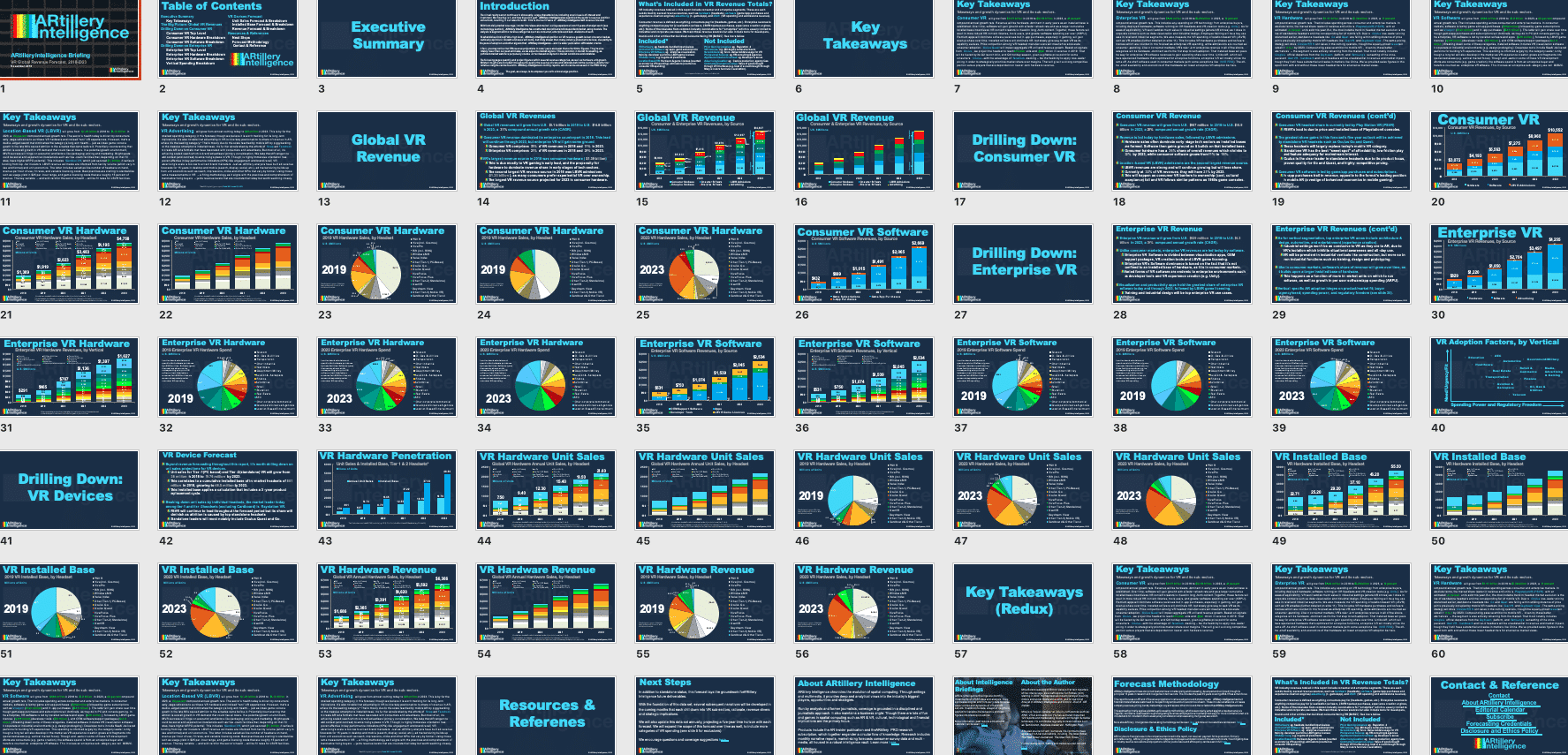



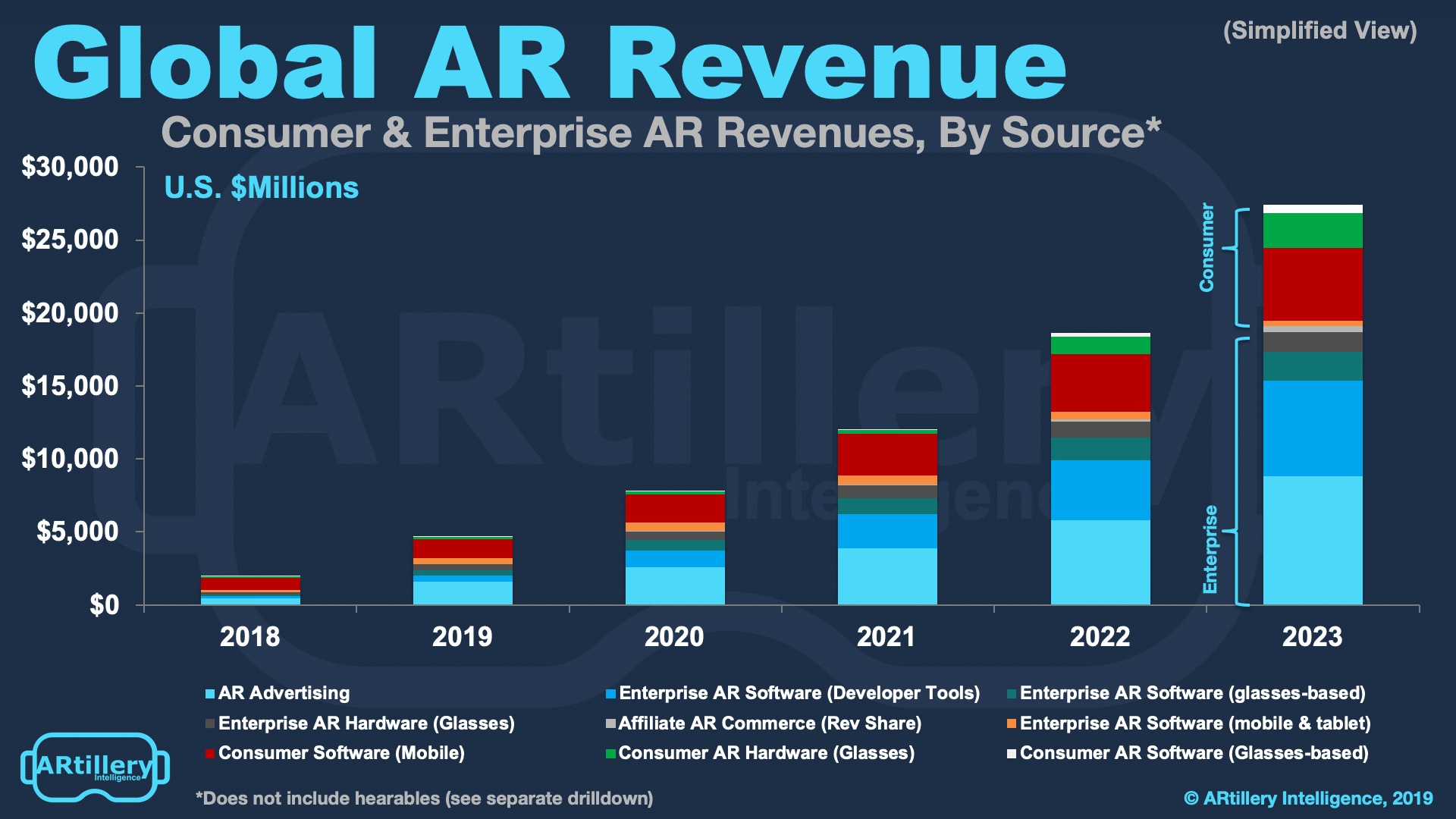










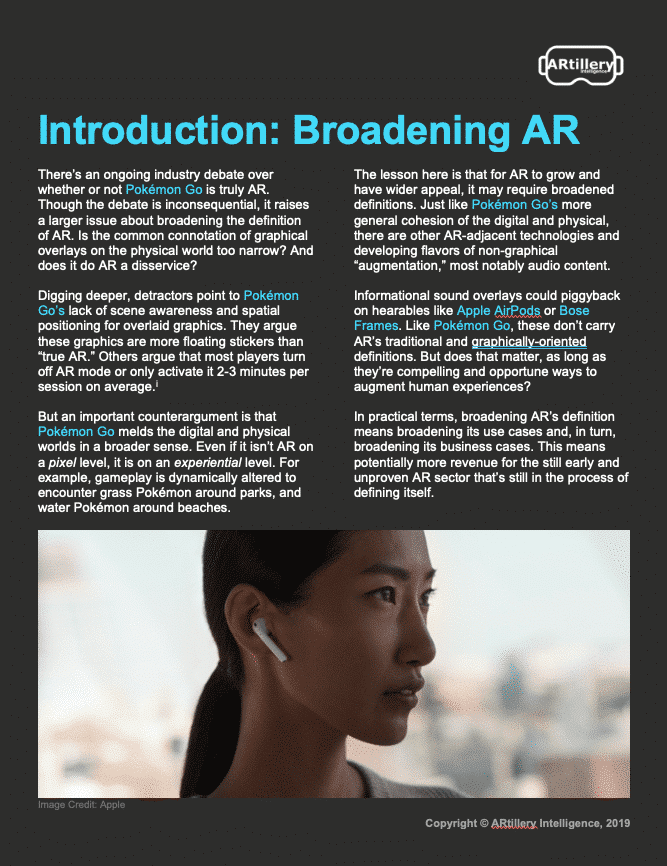









 Beyond the people that represent barriers to AR success, there’s also the product itself. Its success hinges on a few main factors that should be considered when in development and strategic planning. They include product/market fit as well as a deliberate and targeted user experience.
Beyond the people that represent barriers to AR success, there’s also the product itself. Its success hinges on a few main factors that should be considered when in development and strategic planning. They include product/market fit as well as a deliberate and targeted user experience.




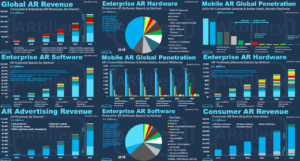 Excerpt: Key Takeaways
Excerpt: Key Takeaways


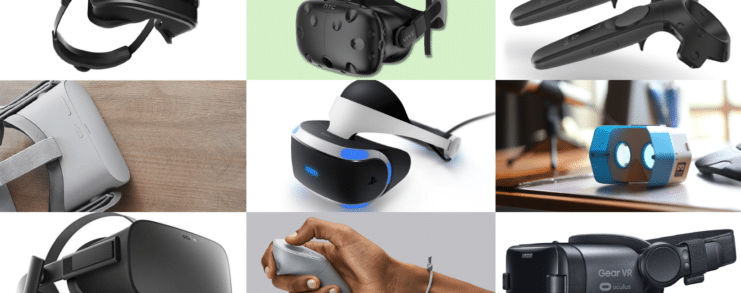





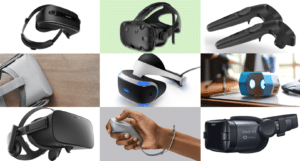 In VR’s early stages it’s important to understand consumer behavior and desires in order to optimize product strategies. We kicked off this process in 2017 with our first survey-based report on VR adoption. Now, our third-annual report offers experienced perspective on market evolution.
In VR’s early stages it’s important to understand consumer behavior and desires in order to optimize product strategies. We kicked off this process in 2017 with our first survey-based report on VR adoption. Now, our third-annual report offers experienced perspective on market evolution.
